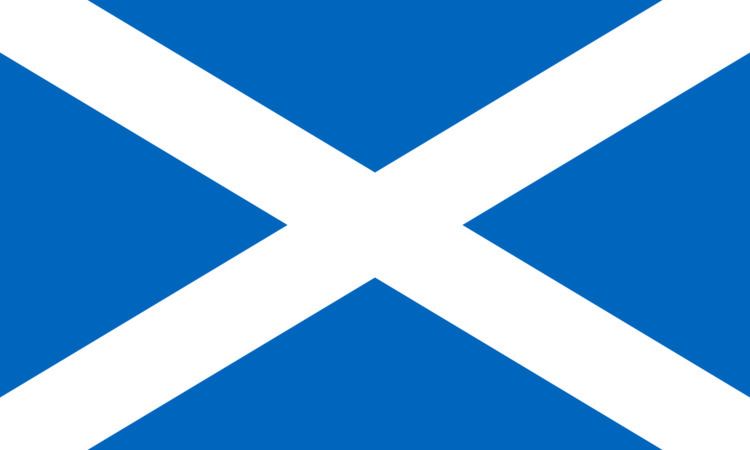 | ||
Scottish or Scots units of measurement are the weights and measures peculiar to Scotland which were nominally replaced by English units in 1685 but continued to be used in unofficial contexts until at least the late 18th century. The system was based on the ell (length), stone (mass), and boll and firlot (volume). This official system coexisted with local variants, especially for the measurement of land area.
Contents
The system is said to have been introduced by David I of Scotland (1124–53), although there are no surviving records until the 15th century when the system was already in normal use. Standard measures and weights were kept in each burgh, and these were periodically compared against one another at "assizes of measures", often during the early years of the reign of a new monarch. Nevertheless, there was considerable local variation in many of the units, and the units of dry measure steadily increased in size from 1400 to 1700.
The Scots units of length were technically replaced by the English system by an Act of the Parliament of Scotland in 1685, and the other units by the Treaty of Union with England in 1706. However many continued to be used locally during the 18th century. The introduction of the Imperial system by the Weights and Measures Act 1824 saw the end of any formal use in trade and commerce, although some informal use as customary units continued into the 20th century. "Scotch measure" or "Cunningham measure" was brought to parts of Ulster in Ireland by Ulster Scots settlers, and used into the mid-19th century.
Length
Area
A number of conflicting systems were used for area, sometimes bearing the same names in different regions, but working on different conversion rates. Because some of the systems were based on what land would produce, rather than the physical area, they are listed in their own section. Please see individual articles for more specific information. Because fertility varied widely, in many areas, production was considered a more practical measure.
Area by size
For information on the squared units, please see the appropriate articles in the length section
Area by production
Eastern Scotland:
Area by taxation/rent
In western Scotland, including Galloway:
Dry volume
Dry volume measures were slightly different for various types of grain, but often bore the same name.
Fluid volume
Nipperkin was also used, but perhaps not part of this more formal set.
Standard Measures of Scotland before 1707:
Weight
Weight was measured according to "troy measure" (Lanark) and "tron measure" (Edinburgh), which were standardised in 1661. In the Troy system these often bore the same name as imperial measures.
Various local measures all existed, often using local weighing stones.
